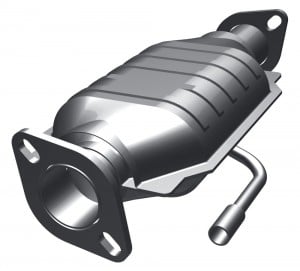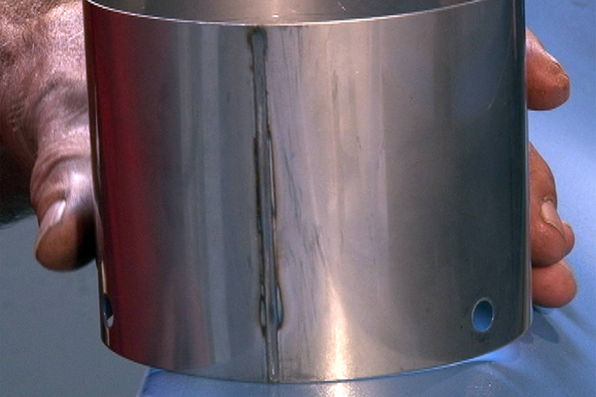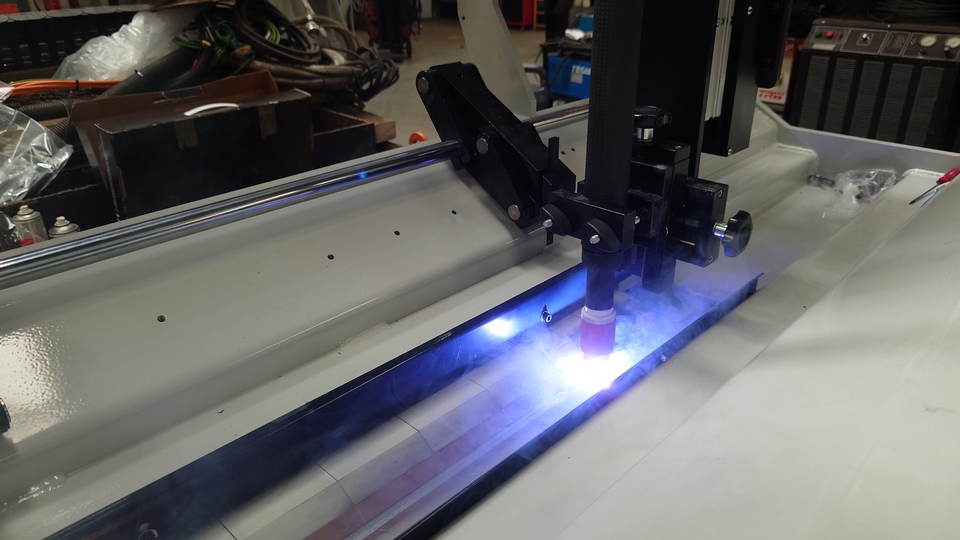Updated January 2025
There are two main types of seam welding machine, which is best for you?
This is difficult to answer unless we know what is being manufactured.
We start by asking:
- Is it a similar material to be joined?
- Can it be overlapped?
- Dimensions of the material to be seam welded?
A. Resistance Seam welders.
The resistance seam welding process produces a weld at the faying surfaces of two similar metals. The seam may be a butt joint or an overlap joint and is usually an automated process and forms the weld progressively, starting at one end.

Resistance seam welding relies on two electrodes, usually made from copper, to apply pressure and current. The electrodes are often disc-shaped and rotate as the material passes between them.
Resistance seam welders produce an extremely durable weld because the joint is forged due to the heat and pressure applied. A properly welded joint formed by resistance welding can easily be stronger than the material from which it is formed.
A common use of a resistance seam welder is during the manufacture of round or rectangular steel tubing like an exhaust or fire extinguisher.
B. Longitudinal seam welder machines.
The advantage of using a longitudinal, or arc seam welder, is that it easily enables the joining of two flat plates of a tubular pipe without any tack welding.
Longitudinal seamers provide an automated welding process carried out on smooth plates, sheets, pipes and tank sections to make cylindrical work pieces. Perfect for boiler making and gas cylinders.

Welded linear seams are without start/end weld craters, uniform across the entire seam length, free of discolouration with stainless steel.
With arc seam welding you can use various methods: MIG/MAG, TIG, Sub-Arc, plasma, plasma-keyhole, micro-plasma, laser
Suitable for thin steel, stainless steel, galvanized/aluminium-plated metal, aluminium, titanium, brass, copper, lead, titanium-zinc, platinum-rhodium normally with a maximum thickness of 10mm.
A longitudinal weld seamer gives the operator repeatability with the touch of a button, increasing production while providing consistent quality welds from piece to piece.
These machines are cantilevered from one end to allow loading and unloading of open and closed sections onto the mandrel arm.
Browse our full range of seam welding machines, or if you’re still unsure, contact us for helpful advice and options and offer you affordable prices on new, used and refurbished seam welders we have for sale.
Enter your email address below to subscribe to our newsletter for all of our latest stock updates and exclusive offers!
mm


comments
Pingback: Quick Products Of Resistance Welding – The Nourished Palate
Pingback: What’s Resistance Welding? – Orto Doksluk
Pingback: What’s Resistance Welding? – Relaciones Publicas